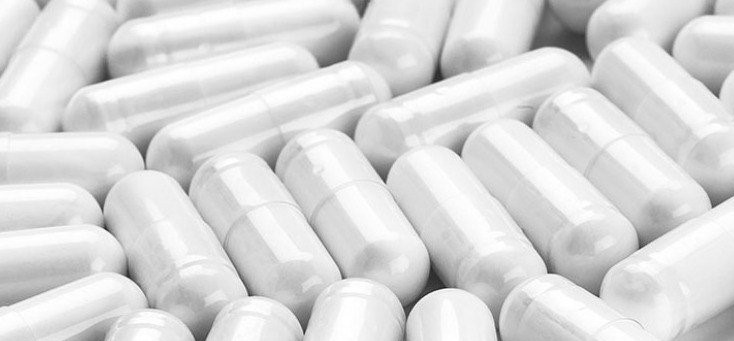
The process of burning stored body fat is often misunderstood, so why don’t we set the record straight right off the bat. Your body is constantly releasing, burning, and storing body fat. Our adipose (fat) tissue is full of stored triglycerides that we would ideally like to oxidize to get the lean, sculpted physique we desire. A triglyceride consists of three fatty acids held together by a glycerol backbone. Interestingly, the fatty acids don’t have to be the same. One triglyceride molecule can contain a combination of different saturated, unsaturated, polyunsaturated, etc. fatty acids.
 How the Body Burns Fat
How the Body Burns Fat
When a stored triglyceride is released, the glycerol backbone breaks off and the fatty acids enter the bloodstream. However, it is important to note that the process does not end here. You still have to oxidize, or burn the fatty acids, ideally via exercise (although we can still burn fat at rest as well). Otherwise, the fatty acids can become a stored triglyceride all over again through a process called re-esterification. What a shame it would be to release stored body fat only for it to return home again. Remember when I said the body is constantly releasing, burning, and storing body fat? The cycle never ends.
So how can we optimize this process and release and burn more than we store? The primary method is by achieving a caloric deficit. Boring answer I know, but hey that’s science. A caloric deficit can be achieved by consuming less calories in our diet and/or burning more with exercise. We can also increase our metabolic rate so that we burn more at rest. The primary method of increasing resting metabolic rate is adding more lean muscle, which burns more calories compared to adipose tissue.
How Fat Burners Work
Where do fat burning supplements come into play? How do they work, if at all? Fat burners play a role in every multiple ways; suppressing appetite and increasing metabolic rate. This is achieved mainly through the stimulant-based ingredients. Caffeine, yohimbine, and ephedrine can all help suppress appetite, thus leading to less calories consumed. More important, however, is their hormonal effect.
Certain ingredients in fat burners can increase hormones like epinephrine and norepinephrine. These hormones signal the release of stored triglycerides into the blood to (hopefully) be oxidized. In addition, a quality thermogenic should have adequate doses of the amino acid carnitine, which helps fatty acids enter the mitochondria of the cell to be converted to energy. This is why most fat burning supplements instruct you to take them prior to exercise. Remember what we said earlier, fatty acids can be re-esterified back into adipose tissue even after being released. If you’re not an active person, these supplements really won’t do much for you.
At the very least we can agree that the scientific theory is there, but is it worth the cost? Thermogenic supplements generally range anywhere from $50 to $100. In my opinion, while the logical mechanism to burn fat is somewhat evident, the research is still iffy at best. Also, there is an unreasonable expectation that these supplements will cause massive changes in body composition. In the end, you still have to put forth the effort in the gym, which most are simply unwilling to do. If you have the disposable income to purchase a fat burner, along with the willingness to still train hard, then by all means do so. If you have your doubts about the research and don’t want to fork over the cash, then I wouldn’t fault you there either.
Hopefully the concluding statement didn’t appear like a cop-out. Thermogenic supplements are ‘okay.’ Personally, I usually go with an ephedrine/caffeine stack rather than purchase a supplement off a store shelf. It is cost efficient and gets the job done.
